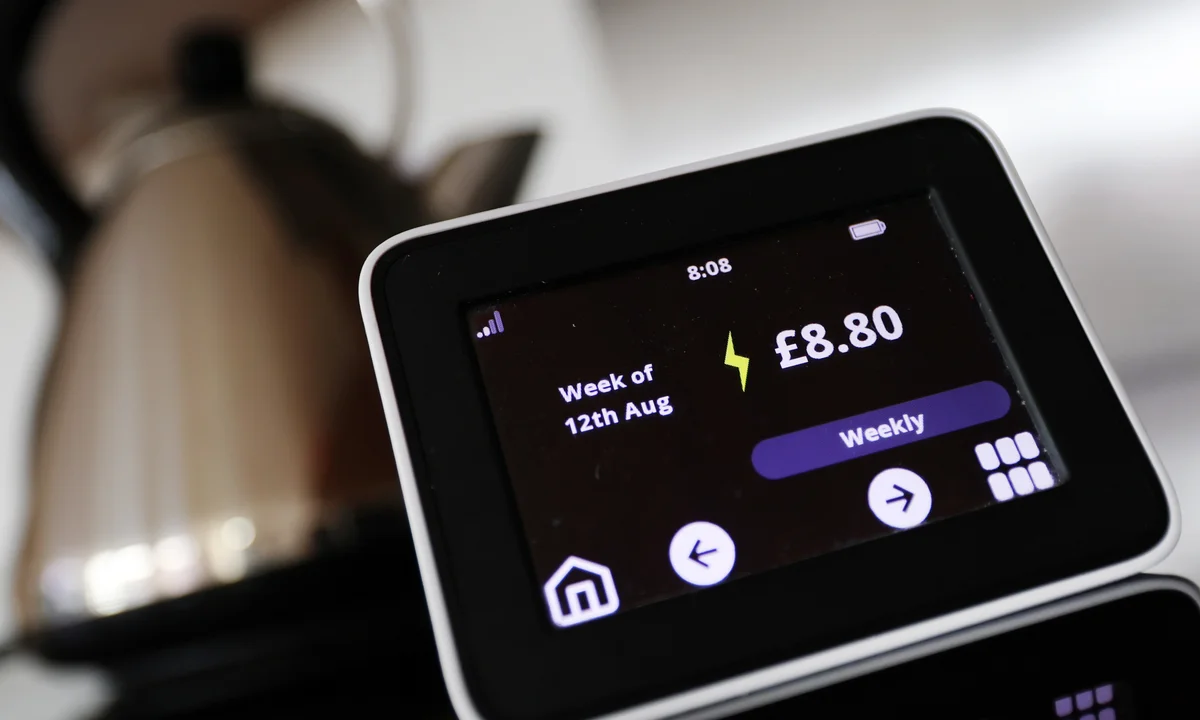UK households are preparing for higher costs this winter, with Ofgem confirming a 2% rise in the energy price cap from 1 October. The typical dual-fuel bill will increase from £1,720 to £1,755, piling further pressure on family budgets already strained by inflation and stagnant wages.
While the regulator has promised new tariff options with lower standing charges by January, energy experts warn that the proposals may not go far enough to protect vulnerable households.
Tim Bailey, Head of Partnerships at Free Price Compare, said:
“Standing charges act like a poll tax on energy. Even if a household uses very little gas or electricity, they still pay more than £300 a year before a single unit is consumed. The idea of offering lower standing charge tariffs is a step forward, but many of the people who would benefit most are the least likely to access them.”
Why standing charges matter
Standing charges are fixed daily fees added to every energy bill, regardless of usage. They are meant to cover the cost of maintaining the grid, building new infrastructure, and ensuring supply when companies collapse.
Campaigners argue that the system is unfair because it penalises those who reduce their usage. For low-consumption households, such as pensioners who only heat during winter or families with second homes, standing charges make up a much larger share of the total bill.
Bailey explained:
“The danger is that suppliers will lower the standing charge but raise unit rates to make up the difference. Unless households carry out a proper energy price comparison, they may find they are no better off overall.”
How calculators reveal the truth
The complexity of tariffs means that consumers often struggle to see which deal really suits their circumstances. This is where digital tools play a vital role.
By entering details such as postcode, payment method, and estimated usage into an energy bill calculator, households can quickly see how changes to standing charges or unit rates affect their final bill.
Bailey added:
“Every household is different. For a heavy-usage family with electric heating, a tariff with a higher standing charge but lower unit rates may actually work out cheaper. For a low-usage pensioner, the reverse may be true. Calculators are the best way to cut through the complexity and see the numbers clearly.”
Switching is still the biggest saver
Ofgem’s reforms may provide more choice, but experts emphasise that switching remains the most powerful way to cut bills.
Before the energy crisis of 2021–22, more than four million households changed supplier every year. That figure collapsed when tariffs disappeared, but competition is slowly returning. Smaller renewable suppliers are offering competitive packages, while the largest firms are under pressure to win back customers.
“Ultimately, the biggest impact still comes when people switch energy supplier,” Bailey said. “We are now starting to see fixed and bundled deals that genuinely undercut the price cap. Families who engage with the market are often hundreds of pounds better off than those who simply roll over on default tariffs.”
The risk of leaving vulnerable households behind
Consumer groups worry that the new tariffs may not reach those who need them most. Ofgem has suggested applying minimum usage thresholds to prevent second-home owners from benefiting, but this could accidentally exclude some of the most vulnerable low-usage households.
Prepayment customers are at particular risk. High standing charges build up as debt on prepay meters even when no energy is used. Campaigners warn that unless new tariffs are automatically applied or actively promoted, many vulnerable customers will miss out.
Simon Francis, coordinator of the End Fuel Poverty Coalition, recently called the proposals “a small step, not a cure”. Free Price Compare’s analysis echoes this concern, stressing the need for accessible, easy-to-understand options.
Looking ahead
Ofgem’s consultation on standing charges will conclude by the end of 2025, with new tariffs expected to launch in January. The regulator has promised to require all major suppliers to offer at least one lower standing charge option.
But experts caution that households should not assume these reforms alone will deliver savings. Instead, the focus must remain on engagement, transparency, and consumer action.
Bailey concluded:
“Choice is welcome, but it only works if people use it. By running an energy price comparison, checking their usage with an energy bill calculator, and being ready to switch energy supplier, households can stay in control. Waiting for reforms to automatically lower bills is not enough.”





























